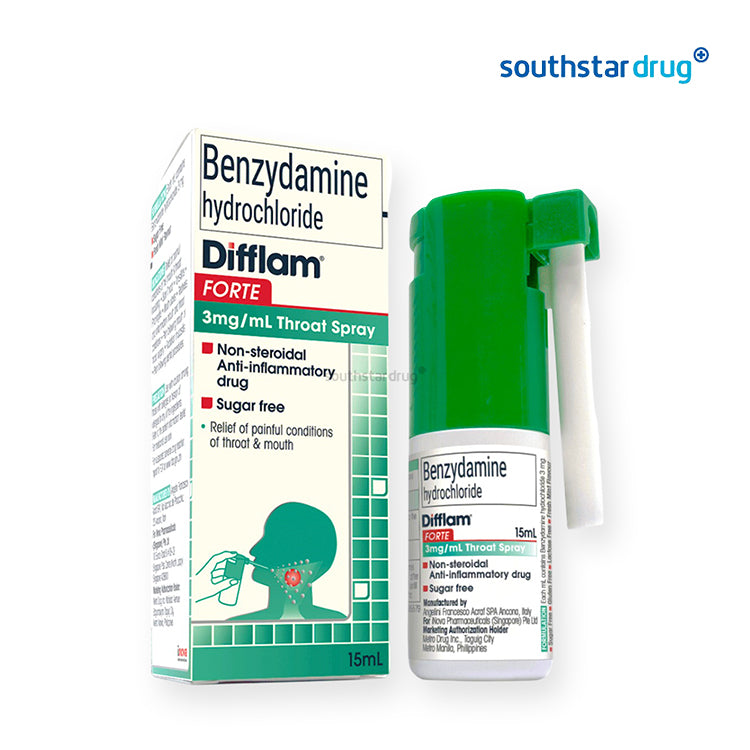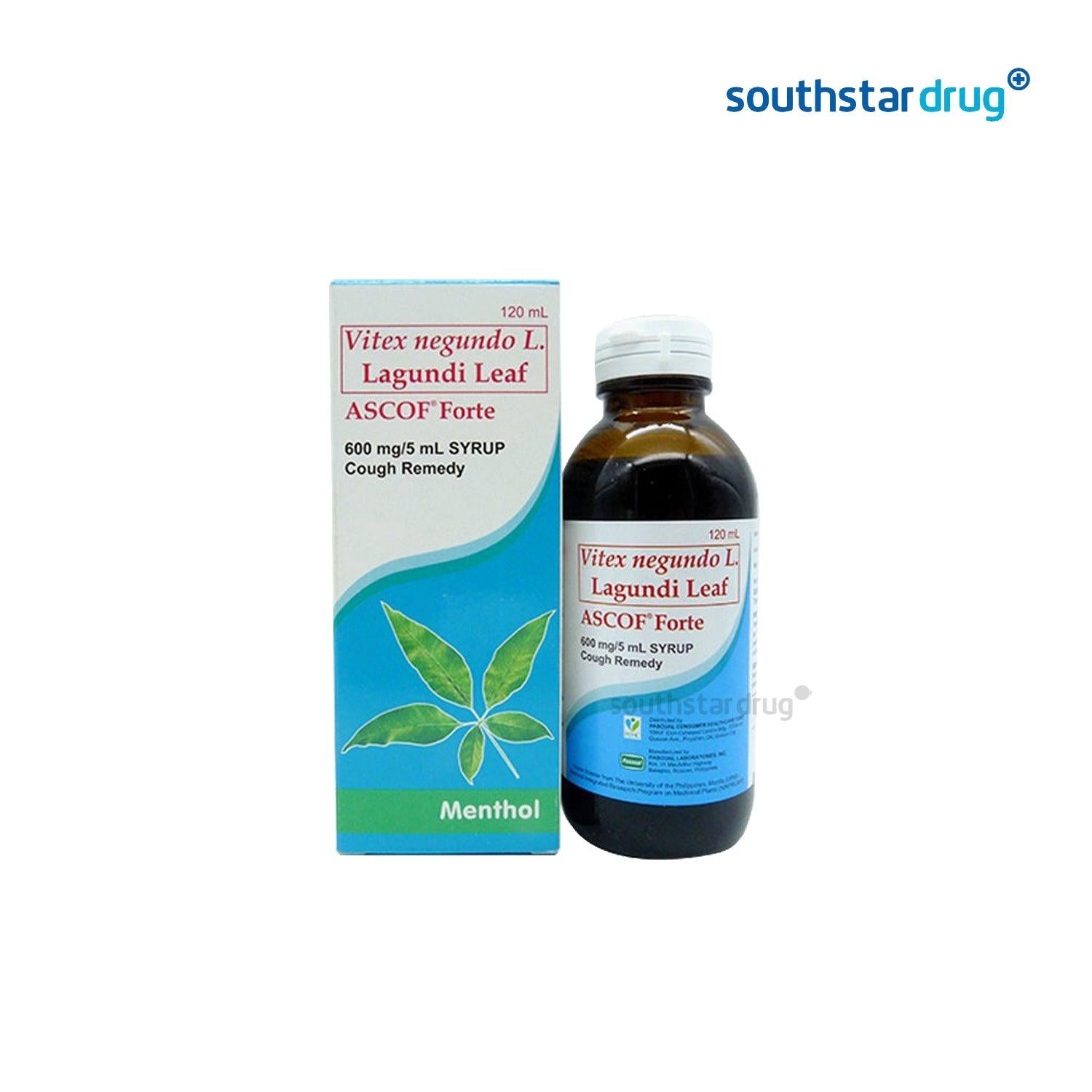Rainy season gives you a break from the stinging and scourging heat brought about by Mr. Sunshine. It also makes you wear those knitted sweaters and fabulous rain boots. Or maybe, skip a shower or two because the cold breeze doesn’t give the feeling of irritation. Every season has its wonders and woes at the same time. So you better know that rainy season is the time for germs and bacteria to thrive in unhygienic conditions. Moisture in the air can play havoc on your largest organ, skin.
If you happen to read across our health guide article “Give Your Skin Some Extra Lovin’” you probably would know that it is during rainy season when you should tend to your skin even more because of the high risk of infections that can be caused by this damp and humid weather. Most of these problems are not life-threatening, yes, however prevention is always better than cure.
The most common problem that plague people during rainy season are infections like the inflammation of the hair follicle. Folliculitis is an infection of the hair follicles in the skin. Hair follicles swell into small pus-filled pimples which develop at the base of a hair, often in crops.The infection looks looks like a small, rounded, yellow-red spot. Due to excessive sweating, bacteria and fungi find their medium to multiply.
Also, hyperhidrosis or excessive sweating: Hyperhidrosis -- a condition of excessive localized sweating. It means that you sweat far more than your body needs you to sweat. In hyperhidrosis, the body's cooling mechanism is so overactive that it produces four or five times the amount of sweat in your palm, feet, armpit, face, scalp, or the entire body . Such conditions can get worse during monsoon and lead to body odour and further infections.
Just when we you thought that sunblock is no longer needed during rainy season, think again. It may be cloudy but the sun is still out there. Thus, skipping sunblock application may cause, hyperpigmentation- which is characterised by increased darkening of the skin. It caused by the overproduction of melanin or the number of melanocytes in the skin. Hyperpigmentation is the result of either of two occurrences — first, an abnormally high concentration of melanocytes produce melanin, and second, when melanocytes are hyperactive due to sun exposure.
Scabies is caused by itchy-mite that preys on both adults and children commonly during rainy season. According to Web.MD, signs and symptoms of scabies include a skin rash composed of small red bumps and blisters that affects specific areas of the body. Other symptoms can include tiny red burrows on the skin and relentless itching. The itchy skin leads to frequent scratching, which may predispose the skin to secondary infections.
Do not neglect the signs of skin scare this season. Counter skin problems as soon as possible, read link (Give Your Skin Some Extra Lovin)
Have a merry raining season!












